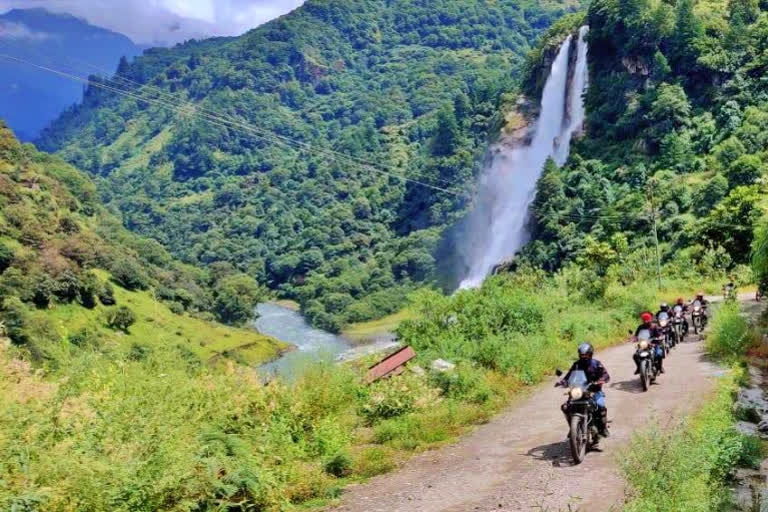New Delhi: The last two years can be described as a period where the fortunes of the insurgent groups from India’s Northeastern states—chiefly of Assam, Manipur, and Nagaland—swung like a yoyo, oscillating between the dark tidings of a bleak future to sudden optimism guided by the helpful contours of a favourable political reality and so on and forth.
But currently, many of these outfits are now trying to forge a new united front in the Konyak Naga-dominated Chen Hoyat area in Myanmar, according to intelligence and security sources familiar with the issue.
While on one hand, there are moves to cement unity, on the other hand, recruitment to these outfits is also on the upswing, various media reports from time to time indicate.
The forested Chen Hoyat area and its nearby localities located in Myanmar across India’s Nagaland state are considered fertile ground for recruits and supporters of the Naga insurgency movement. Often a bombing zone for the Myanmarese military also called the ‘Tatmadaw’, this region has mostly been outside the pale of Naypyidaw’s control.
The beginning of the Year 2022 has seen the numerous NE insurgent outfits in a relatively stronger position mainly due to a newfound friendliness with the Tatmadaw regime at Naypyidaw.
In the recent past, the NE insurgents, along with the Ethnic Armed Organisations (EAO) of Myanmar, had battled the ‘Tatmadaw’ together. The EAOs, that once played host to the Naga, Assamese, and Manipuri insurgents, are still fighting the ‘Tatmadaw’, but the insurgents have subtly changed tack.
It was the sudden February 1, 2021, pre-dawn coup by the Tatmadaw's chief Senior General Min Aung Hlaing that sharply altered the situation by abruptly ending the country’s 10-year-long experiment with democracy led by Aung San Su Kyi.
The coup has placed India—a vocal proponent of democracy—in a difficult position. The Indian foreign ministry managed a tepid response: “India has always been steadfast in its support to the process of democratic transition in Myanmar. We believe that the rule of law and the democratic process must be upheld.”
On the other hand, China’s involvement in Myanmar has become deeper and has resulted in more proximate relations between the Chinese leadership and Naypyidaw. Besides being the top investor in Myanmar, China is also the top supplier of weapons and military equipment to Myanmar.
The difficulty in the situation multiplies when viewed in the context of the sudden dive in the India-China bilateral relationship that was sparked off by a bout of fisticuffs in May 2020 in eastern Ladakh’s Pangong Tso.
The souring relationship peaked during the Galwan Valley violence on June 20, 2020, between the two sides that saw at least 25 soldiers die, before resulting in a massive and unprecedented mobilization and deployment of troops on both sides of the Line of Actual Control (LAC) that continues to this day.
An opinion article in the Chinese government mouthpiece “Global Times” in October 2020 had then subtly warned: “If Chinese media publicly support the insurgencies in Northeast India, or publish content in favor of Indian pro-separatist forces, how will New Delhi react? India's response won't be milder than that of China.”
The allusion is significant in the backdrop of reports that senior leaders of several insurgent outfits from the Northeast especially from the National Socialist Council of Nagalim (NSCN)—like Phunthing Shimrang—and the United Liberation Front of Asom’s (ULFA) Paresh Baruah—are camping in Chinese territory with the expectation of Chinese help to realize their aim of separation from India.
Frustration is already rife in the NSCN (Isak-Muivah) camp because of protracted negotiations with the government which have continued for the last 24 years without any fruitful resolution.
Many of the insurgent groups of India’s Northeast including the Nagas and the Mizos had trained in China besides receiving substantial support from Chinese state and non-state entities in the past.
The extent of Chinese involvement with these outfits in the current context will be a critical factor in the future of insurgencies in India’s Northeast.
Also Read: NE insurgents up ante as India, Myanmar talk to clean 'Wild East'



